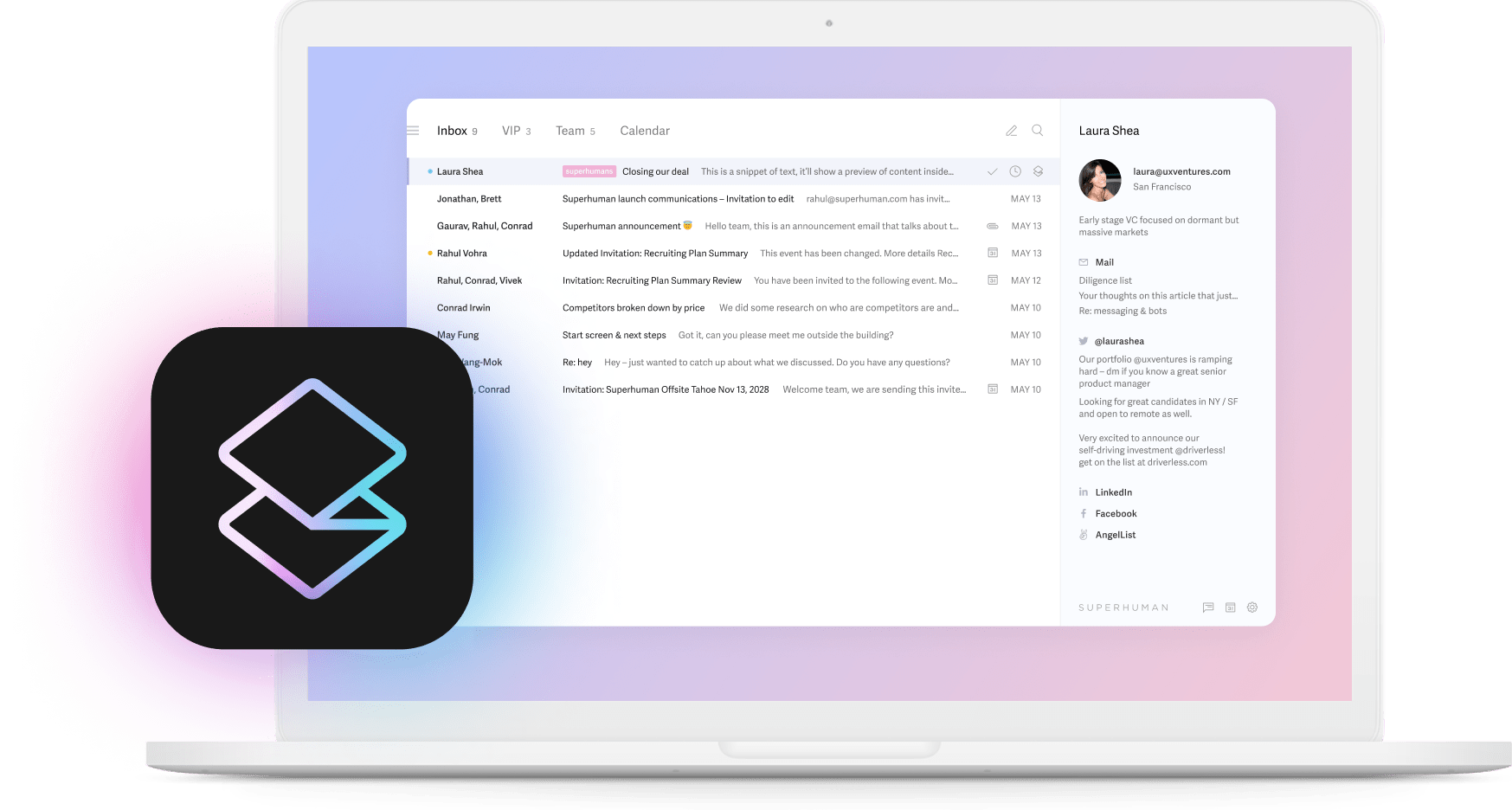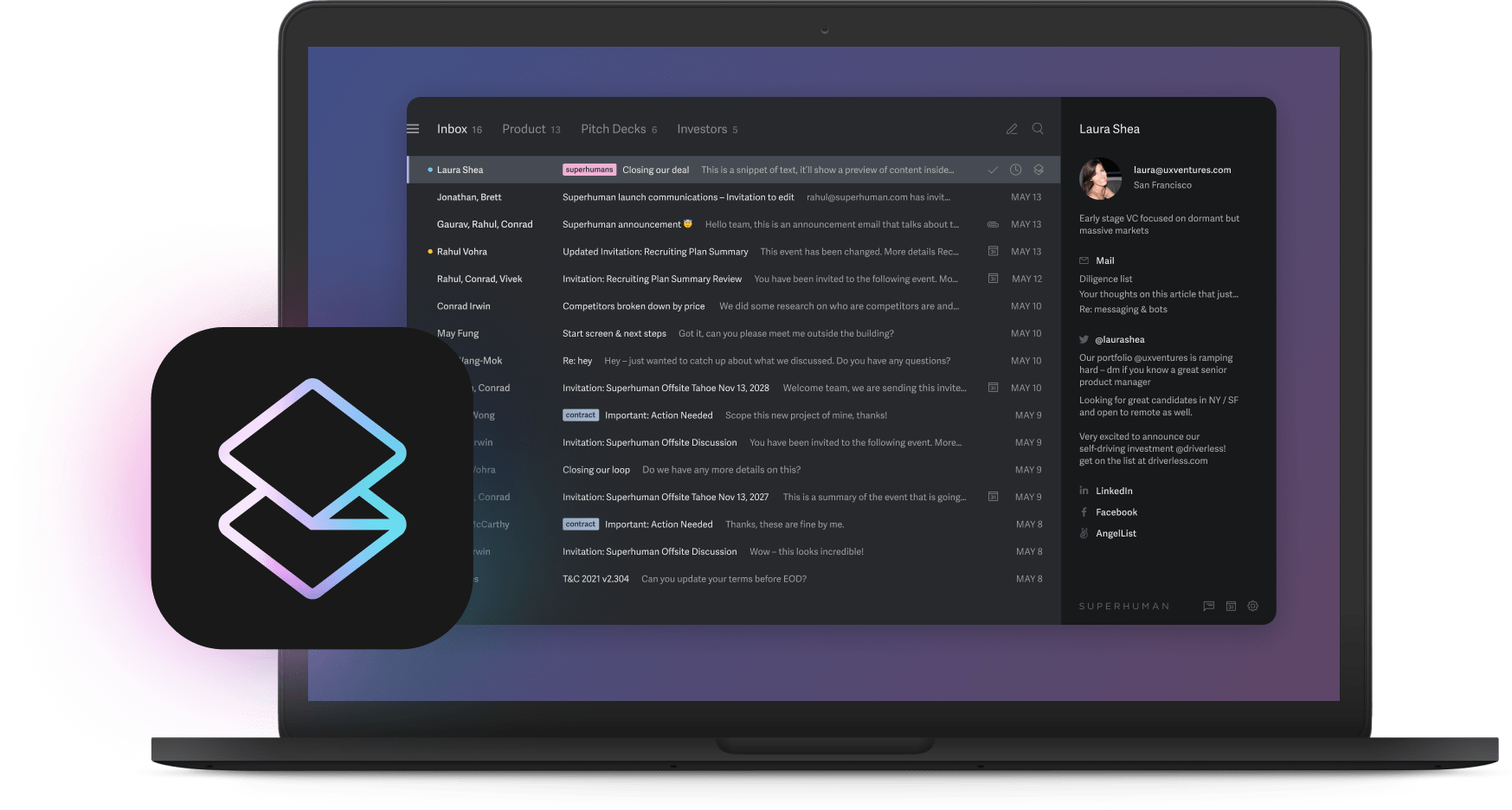
Most companies panic when competitors copy their AI features. They shouldn't. We discovered something that sounds backwards but proves true repeatedly. The ROI of AI actually increases after competitors start copying you. Not despite the copying. Because of it.
When Superhuman launched AI features that fundamentally changed email, competitors rushed to copy them. Instead of hurting business, Superhuman grew faster. The copycats became accidental evangelists. They spent millions explaining why customers needed these features, growing the market Superhuman had created. The first mover captured the expanding demand while competitors played catch-up.
The copy paradox that changes everything
When rivals copy your AI, four things happen that actually boost your returns. Each one reinforces the others, creating an advantage that grows stronger over time.
First, every competitor announcement validates your category. They can't sell their version without explaining why customers need AI features in the first place. Their marketing budgets become your market education fund. They run campaigns highlighting problems you already solve, expanding awareness at zero cost to you. Suddenly, customers who never considered AI features start looking for them, and guess who they find first?
This market expansion connects directly to your second advantage: accumulated data. You've been collecting training data since day one. Every customer interaction improved your models. Every edge case taught you something new. Competitors starting today face the same learning curve you conquered months ago. While they debug basic problems, you ship advanced features. This gap doesn't shrink over time. It widens.
Your team compounds this advantage through battle-tested experience. They've solved problems competitors haven't encountered yet. They know which approaches fail and why. Your customers trust you with better data because you've earned that trust through consistent delivery. These human and technical advantages multiply daily.
The final piece locks everything together. As more competitors enter, customers stop asking whether they need AI. They start asking who does it best. The conversation shifts from education to comparison, and in those comparisons, your maturity shows. You win on features, reliability, integration depth, and proven results.
The four phases every AI leader experiences
Understanding where you are in the adoption curve helps you prepare for what's coming. The pattern repeats across industries with remarkable consistency.
Phase one feels like pure investment. For the first six months, you're burning cash on infrastructure, talent, and customer education. Returns stay negative. Leadership gets nervous. Sales cycles drag as you run more demos than deployments. This foundation-building phase tests conviction, but every dollar spent here multiplies later.
Phase two brings validation. Between months 6 and 12, early adopters share success stories. You break even, then see modest returns. The market begins understanding what you've built. Sales conversations shift from skepticism to interest. Metrics turn positive and momentum builds. You're no longer pushing uphill alone.
Phase three accelerates everything. From months 12 to 18, competitors announce similar features. This looks like bad news but acts like rocket fuel. Their announcements legitimize your category. Market demand explodes as AI features become table stakes. Every competitor campaign expands your addressable market. Your returns accelerate because you're the mature solution in a newly urgent category.
Phase four delivers dominance. After 18 months, your returns multiply while competitors struggle with problems you solved ages ago. You ship features they haven't imagined while they chase your basics. The market now asks how fast you can scale, not whether your solution works. 66% expect at least 3x productivity gains from AI within five years, and established players capture the lion's share of that value.
Building an uncopyable competitive moat
Sustainable advantage comes from assets competitors cannot replicate, no matter how hard they try. Your proprietary training data leads this list. Every customer interaction makes your models smarter in ways specific to your use cases. A competitor starting today needs years to accumulate similar insights. By then, you'll be years further ahead. This compounds daily without limit.
Deep product integration creates another barrier. Your AI feels native because you designed it that way from scratch. Competitors bolt features onto existing products, creating friction users feel immediately. When Superhuman's Auto Summarize condenses email threads, it understands context from years of email-specific training. Generic AI tools can't match that depth.
Customer relationships multiply these technical advantages. Your users trust you with sensitive data. They provide feedback that shapes your roadmap. They become co-creators of your product's future. New entrants must build these relationships from zero while competing against your proven track record.
The combination becomes your moat. Technical advantages compound with relationship advantages. Data advantages compound with integration advantages. Time makes these stronger, not weaker. Competitors can copy your features but not your foundation.
How to accelerate market maturity on your terms
Smart leaders don't wait for organic copying. They actively shape how the market develops, maintaining control while appearing collaborative.
Consider open-sourcing commoditized components. Release code for solved problems that offer little competitive advantage. This seems counterintuitive but serves multiple purposes. It makes competitor entry easier but channels their efforts toward validating your market. They build on your architecture, reinforcing standards you set. Meanwhile, you focus resources on true differentiation.
Publishing performance benchmarks works similarly. Share metrics like responding to twice as many emails without revealing methods. These numbers become industry talking points every competitor must address. You set the bar while maintaining your secret sauce.
Strategic partnerships accelerate adoption while preserving advantage. Work with platforms to establish integration patterns favoring your approach. Help define industry standards that happen to match your architecture. By the time competitors realize the game, you've already won it.
Your 18-month action plan
Success through the copy wave requires executing specific initiatives at the right times. The timing matters as much as the actions.
At month 3, connect every customer action to model improvement. Start with workflows where better AI creates immediate value. Make your system learn from routine usage, not special training sessions. This creates a compounding advantage before competitors even notice your market.
By month 6, document your unique insights systematically. What problems did you solve that nobody talks about? What assumptions proved wrong? This knowledge base becomes invaluable when hiring and training teams to maintain your lead.
At month 12, shift 20% of AI resources to next-generation capabilities. Not incremental improvements but breakthrough features your current customers haven't requested yet. Stay one full innovation cycle ahead consistently. Top performers save 14% more time with AI precisely because they adopt advanced features early.
By month 18, enable ecosystem growth through APIs and integrations. Let others extend your platform while you focus on core advantages. Measure model improvement velocity, not just accuracy. Document how each iteration multiplies customer value.
The strategy that keeps you ahead
Competitors copying your AI validates your vision and expands your market. They educate customers, legitimize your category, and create demand you capture. During this process, your advantages compound rather than erode.
The companies that win don't waste energy on defensive strategies. They focus on learning faster than anyone can copy. When competitors chase your last release, you're shipping the next breakthrough. When they match your features, you're solving different problems entirely.
This approach requires confidence and long-term thinking. You'll watch competitors announce "revolutionary" features you shipped months ago. You'll see them struggle with problems you've forgotten. The temptation to react defensively runs strong, but the winning move is to keep building.
Transform your AI advantage into market leadership by remembering that copycats validate pioneers. They expand markets pioneers created. They educate customers pioneers need. Most importantly, they're always one step behind pioneers who keep moving. The ROI of AI peaks after competitors copy you because by then, you're playing a different game entirely. Tools like Superhuman demonstrate this principle daily, helping teams save 4 hours weekly while competitors scramble to add basic AI features. The lesson is clear: build for the future while others copy the past.






